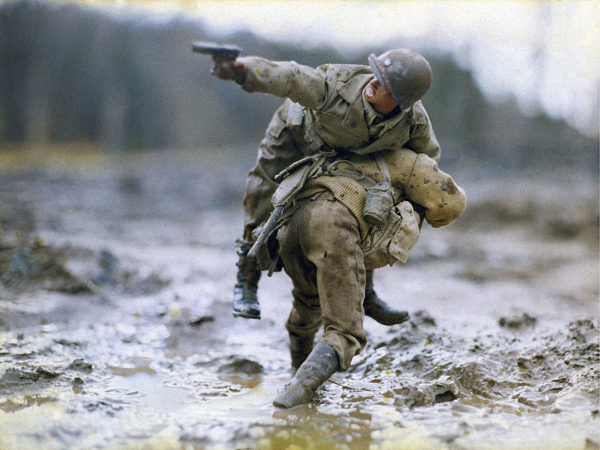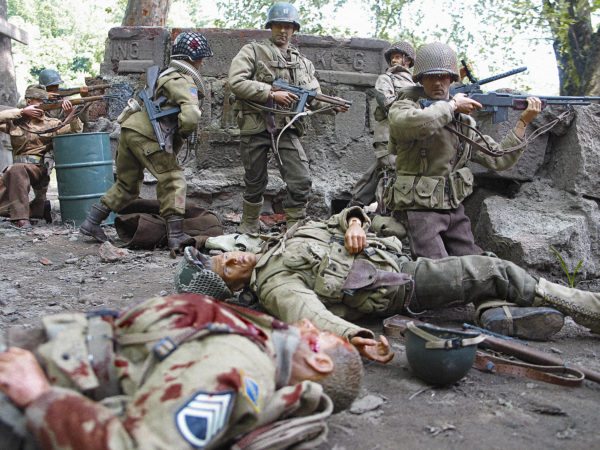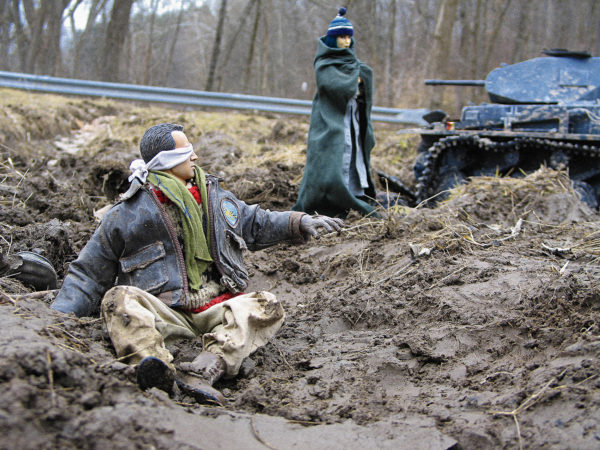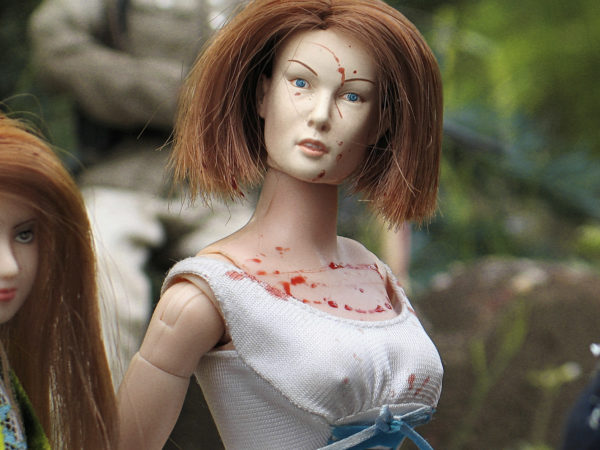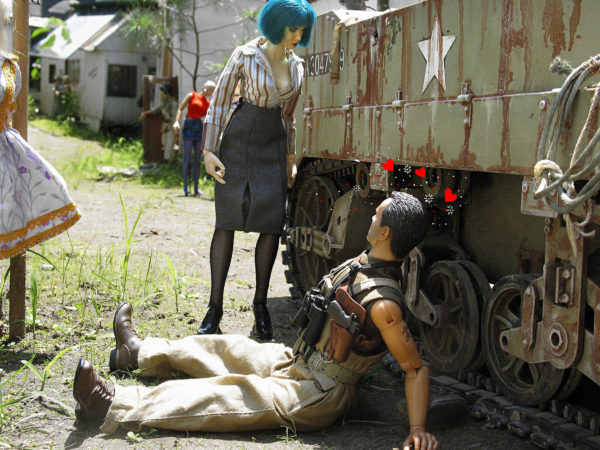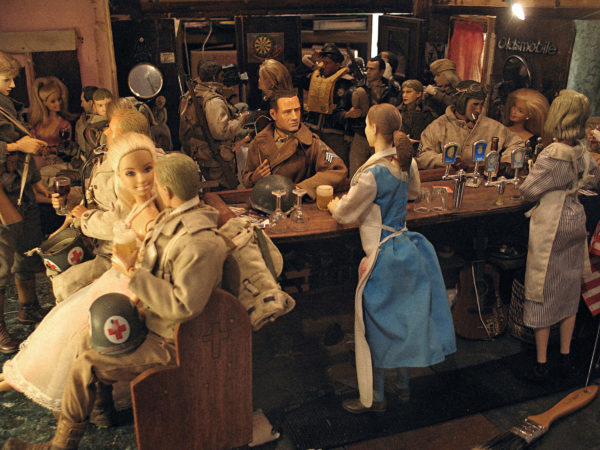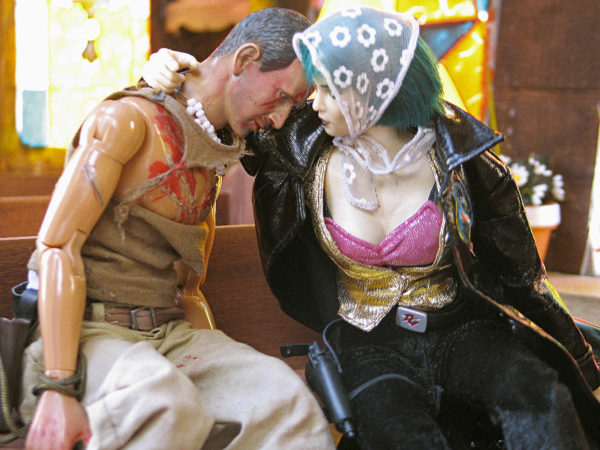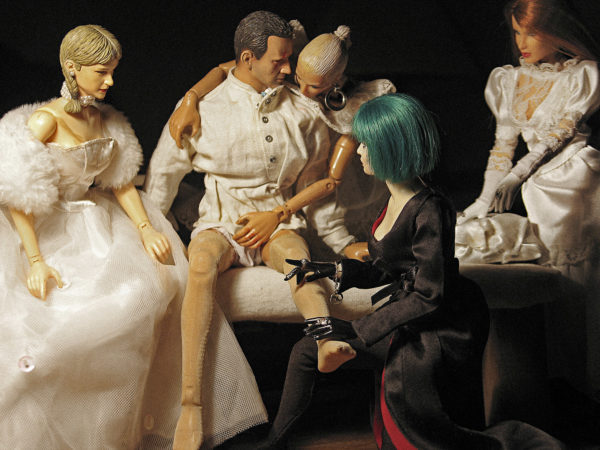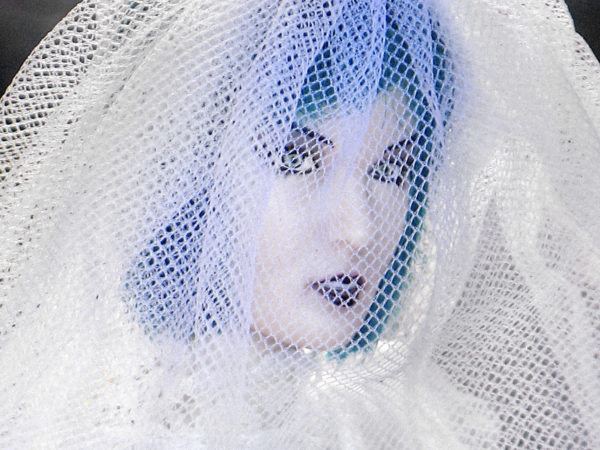Mark Hogancamp held a series of odd jobs (chauffeur, waiter) until the day in April 2000 when he was attacked and lynched by five men outside a Kingston, New York, bar after he told them about his love of cross-dressing. Left for dead, he spent five days in a coma and then almost two months in the hospital. When he was dis- charged, he was severely hampered by irreversible brain damage that left him with partial amnesia—his last memory dat- ing from 1984—and unable to walk, eat, or draw. Health insurance covered his care for a time, but then he stopped receiving aid. Over time, to stem the hate that he felt for society, Hogancamp built a new history for himself by creating a miniature imaginary town (one-sixth scale) in his garden, which he called Marwencol. In this fictional Belgian town from the World War II era, a group of women had rescued an American aviator and resisted the Nazi invasion. The characters are dolls, which he stages in all sorts of situations: in combat, of course, and also in daily life and private moments. Strong women, assisted by their protégé Captain Hogie (who resembled Hogancamp himself), confront sadistic Nazis in hundreds of scenarios, fixed for eternity in photographs that their creator makes of each staging. In ceaselessly killing these invented assailants in this mini-park, Hogancamp has created his own therapy.


